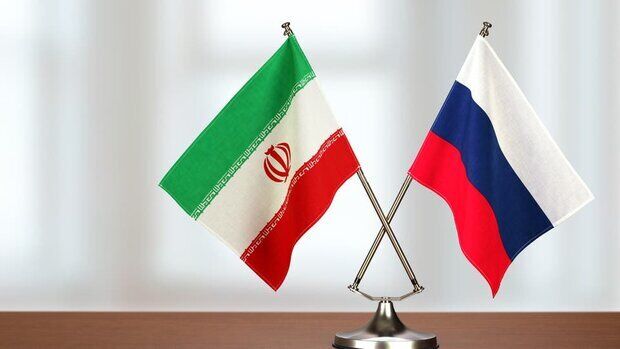The deal is focused on developing Kish and North Pars gas fields, increasing the pressure of the South Pars field, developing 6 oil fields, swapping gas and oil products, completing LNG projects, construction of gas export pipelines and other scientific and technological areas.
The supporters consider it the beginning of a new way to expand the cooperation between Tehran and Moscow, and the opponents give little chance for its implementation, but what is clear is that Iran and Russia have entered a new path to expand their strategic ties.
The relations between Iran and Russia have always had ups and downs in different periods of history; the two countries enjoy massive oil and gas resources. What is clear is that Tehran and Moscow have decided to play a role in various economic and political fields together as friends, with the support of Iranian President Seyyed Ebrahim Raisi and his Russian counterpart Vladimir Putin.
Start of Tehran-Moscow Oil Movements in the 13th Administration
The strengthening and development of bilateral relations and cooperation with Russia in the 13th administration started with the visit of Javad Owji, Minister of Petroleum, to Moscow in January. Javad Owji flew to Moscow on January 18 as the Iranian head of the Iran-Russia Joint Commission; a trip that led to the signing of important documents for the development of oil and gas fields, petro-refineries and the transfer of technology; speaking about the visit, the minister of petroleum said: "I dare to say that it was one of the most fruitful trips and we achieved much more than we had expected."
In this trip, the avenues towards expanding economic relations, removing banking, customs and infrastructure barriers, strengthening cooperation between Tehran and Moscow in the field of oil and energy, and joint investment in energy infrastructure projects were examined, and the master and complete plan of cooperation with Russia, which was presented by Iran was discussed which entailed development of oil and gas fields in the upstream sector, development of petro-refineries and petrochemical plants in the downstream sector and the transfer of strategic equipment and technology of the oil industry.
Also, during this trip, Iran announced its readiness for trading and swapping gas from Russia to Iran and other neighboring countries, considering the existing infrastructure, and made proposals on the conversion of gas to LNG and its export, and it was decided that Russian companies could be used in the manufacture of equipment and technology transfer, it was also suggested that the companies of the two countries establish a joint plant in Iran and produce equipment, and in addition to using it in Iran, export it.
Tehran hosts Russians in June
Although Iran-Russia relations are at a satisfactory level from the point of view of analysts and experts in the political, security and military fields, in the economic sector, these relations are not desirable and satisfactory, as admitted by the presidents of the two countries who call for enhanced ties between the two.
Trade turnover between Tehran and Moscow is now at an average level. Iran's share in Russia's foreign trade in 2018 was only 2% and Iran ranked 50th in the list of Russia's foreign trade partners. These little interactions prompted Javad Owji to tell the meeting of the high-ranking economic and trade delegations of Iran and the Russian Federation on May 25: “The current ceiling of our trade exchange with Russia is only $4 billion, which according to the capacities that each of the two countries have, we are planning to raise this ceiling to $40 billion annually.”
Alexander Novak, the Deputy Prime Minister of Russia, also stated at the Tehran meeting: “The visit of Iranian President Ebrahim Raisi to Russia in January has given additional momentum to the development of the relations between the two countries, and we must implement the important agreements reached at the level of the presidents of Iran and Russia.”


Your Comment